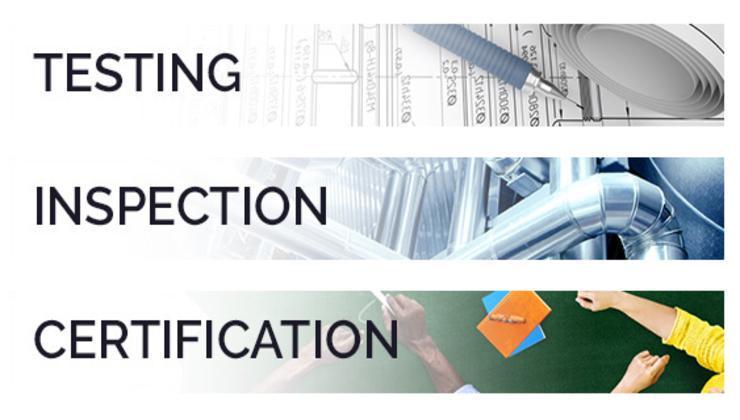Mergers and acquisitions (M&A) are the primary engine of strategic transformation and growth within the global Testing, Inspection, and Certification (TIC) market. This M&A activity is not merely financial engineering; it is a series of highly deliberate moves by companies to build scale, acquire new capabilities, and enhance their competitive positioning in a market that is constantly being reshaped by technological and regulatory change. A deep dive into Testing Inspection Certification Market Mergers & Acquisitions reveals that these deals are the principal mechanism through which the market consolidates and adapts. Leading companies use a disciplined M&A strategy as a faster, and often less risky, alternative to organic development for entering new markets, adopting new technologies, and responding to the evolving assurance needs of their clients across a multitude of industries. This inorganic growth strategy is fundamental to the business models of the industry's largest players and is a key driver of shareholder value.
The strategic rationale behind the consistent M&A activity in the TIC sector is clear and multifaceted. A primary driver is the acquisition of technical capabilities in high-growth adjacent markets. As the world becomes more digital, for example, traditional TIC companies have been actively acquiring specialized cybersecurity testing and certification firms to build out their capabilities in this critical area. Similarly, the growing importance of sustainability has led to acquisitions of consulting firms and verification bodies that specialize in ESG reporting and carbon footprint analysis. Another major driver is geographic expansion. The large global TIC players frequently acquire well-established local or regional labs to instantly gain market access, a customer base, and the necessary local accreditations in a new country or region. This is particularly common in emerging markets where building a business from scratch can be a slow and challenging process. Portfolio diversification is also a key motivation, with companies seeking to balance their exposure to cyclical industries (like oil and gas) by acquiring firms in more resilient sectors (like food or healthcare).
The cumulative impact of this sustained M&A activity is a fundamental and ongoing reshaping of the competitive landscape. The most evident result is the creation of larger, more powerful, and more diversified TIC providers who can offer a truly global and end-to-end service portfolio. This intensifies the competitive pressure on mid-sized and smaller players, effectively raising the bar for what it takes to compete for the business of large multinational clients. For the customers of the acquired companies, an acquisition can bring access to the greater resources, broader capabilities, and global network of the new parent company. However, it also introduces potential disruption and uncertainty regarding the future of the services and relationships they have come to rely on. The Testing Inspection and Certification Market Is Projected To Reach a Valuation of USD 106.98 Billion by 2035. Reaching at a CAGR of 4.88% During 2025 - 2035. For the market as a whole, this M&A trend is a powerful force that drives efficiency and expands the scope of the assurance services available.
Top Trending Reports -

